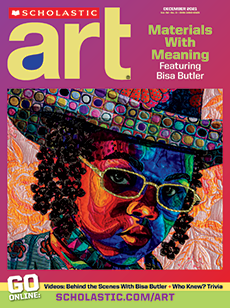Isabella Cassini: I am a freelance photographer. I specialize in food photography for advertisements or articles about food in magazines, newspapers, or online. My main goal is to make the food appetizing and mouthwatering.
Core Art Standards: VA1, VA2, VA10
